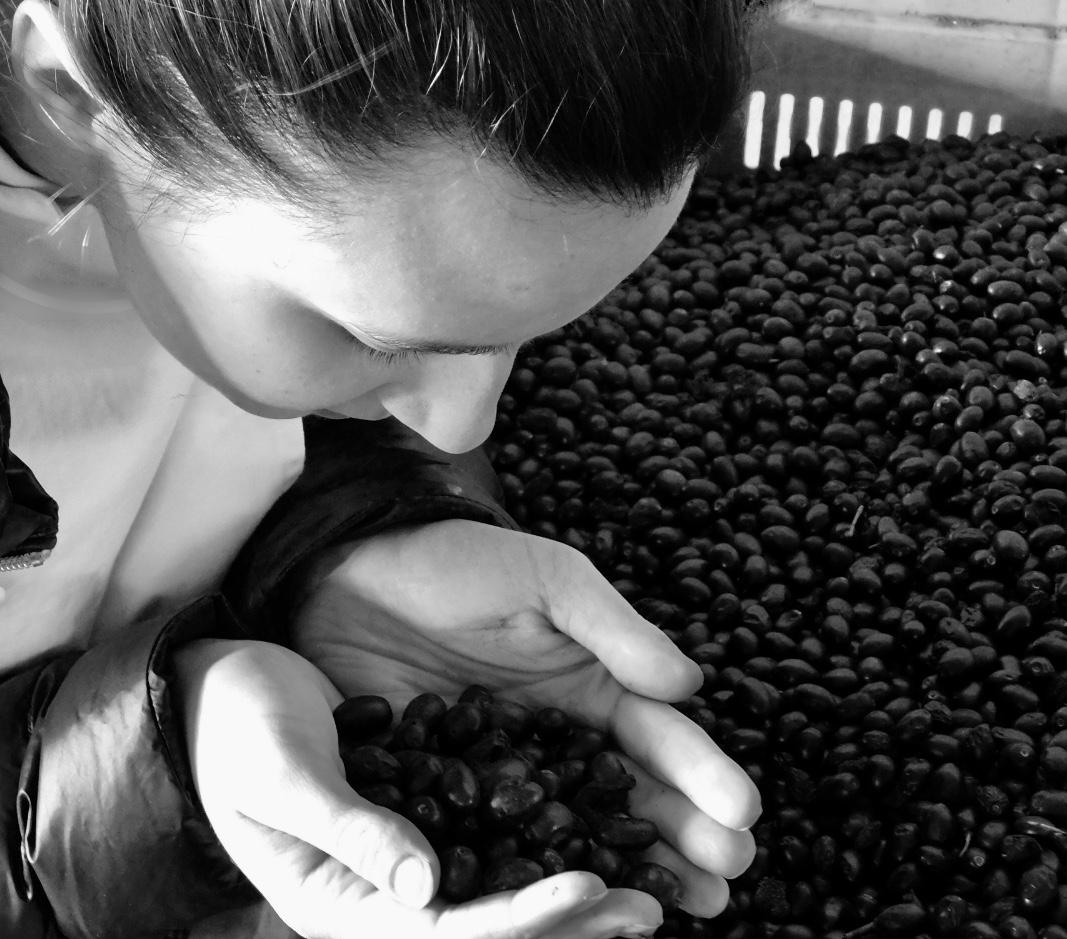“But then, miraculously, there is olive oil.”-Mark Kurlansky
The first things that caught my attention when arriving in Puglia were all of the olive trees that surrounded the highways. I could not believe that I was seeing these gorgeous, fruit bearing trees in person. They have this look to them; they are short, stout and gangly with curvy branches jutting out from every which end.
There are a few different methods of grinding olives; stone mills, hammer mills and metal tooth grinders (not as common). The stone mills are classic, but also hard to clean and time consuming. October to December is the best time for harvesting and producing olive oil. Olive oil can be classified in a few phases as virgin extra virgin, blend, or lamponte. You may know, extra virgin means the olives have been through a second press making the oil a bit more bitter and spicy. Lamponte is the oil at its lowest quality and may be considered for beauty products instead of consumption. We had a very passionate olive oil connoisseur visit our class to do an olive oil tasting. Could anyone imagine how interesting this would be to do for a living? Johnny was very insightful about the method of testing and tasting olive oil that he even had special vessels to use for the process. Unfortunately, I wasn’t able to snap a picture of it. It was a small blue vessel (blue so you don’t notice the color of the oil when tasting) with a tall inner lip that traps the smell of the oil when exposed to oxygen.
The first thing we smelled was a bag of olive residue called sansa. It looks like crushed black sun dried olives. Later when we ventured off to the olive oil factory in Ugento, we saw a heaping pile of the stuff; it filled the air with this harsh, bitter smell.
Olive oil tastings follow strict guidelines:
1.Never taste olive oil on a metal spoon; plastic or glass is best.
2. Olive oil vessel will either be labeled with roman numerals or letters. One will never know what they are testing.
3. With the cover on the vessel one must warm the oil with the heat of their hand. It should never be cold.
4.Take a quick waft of the oil and close the lid. What do you smell? You should take note of the fruity, bitter, and spicy notes you waft and the levels each oil portrays.
5. Think of the dish you would want to pair the oil with. This is a bit tricky but it helps get the creative juices flowing. Don’t be fooled to think that all oils smell similar because they most likely do not; although it’s easy to think that way.
6. Now one must taste the oil. The best way to conduct this step properly is by sitting down, poised, chin down. You do not want to slurp the oil with your head back as the oil should not enter your throat until you are ready to swallow. As you taste the oil, make sure to create slurping sounds to allow air flow in your mouth (similar to a wine tasting).
7. Take notes again recording the fruitness, bitterness, and spiciness of the oil on the palette.

